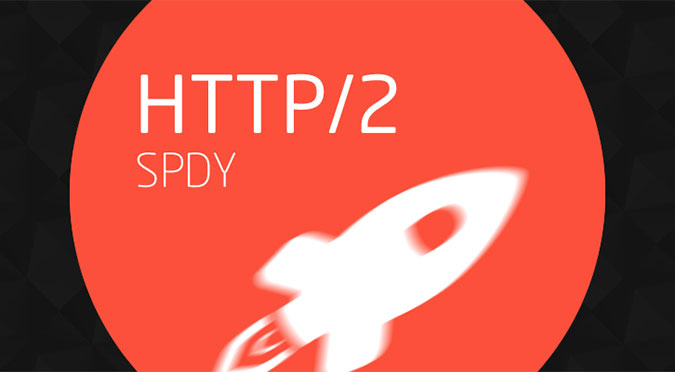What you need to know about HTTP/2

Look at the address bar in your browser. See those letters at the front, “HTTP“? That stands for Hypertext Transfer Protocol, the mechanism a browser uses to request information from a server and display webpages on your screen. A new version of the reliable and ubiquitous HTTP protocol was recently published as a draft by the organization in charge of creating standards for the internet, the Internet Engineering Task Force (IETF).
This means that the old version, HTTP/1.1, in use since 1999, will eventually be replaced by a new one, dubbed HTTP/2. This update improves the way browsers and servers communicate, allowing for faster transfer of information while reducing the amount of raw horsepower needed.
Why is HTTP/2 better?
In a few words: HTTP/2 loads webpages much faster, saving everyone time that otherwise would go to waste. It’s as simple as that. Recent tests shows transfer speeds increasing more than 20 percent. In fact, improvements of around 30 percent are expected at rollout.
HTTP/2 improves speed mainly by creating one constant connection between the browser and the server, as opposed to a connection every time a piece of information is needed. This significantly reduces the amount of data being transferred. Plus, it transfers data in binary, a computer’s native language, rather than in text. This means your computer doesn’t have to waste time translating information into a format it understands.
So when will we get to enjoy the benefits of HTTP/2?
There’s no real start date for the use of HTTP/2, but the HTTP/2 technology is already baked into many web servers and browsers, even if it’s still just a draft. For example, Microsoft supports HTTP/2 on Internet Explorer under the Windows 10 Technical Preview; Chrome also supports it (while it’s disabled by default, you can easily enable it); and Mozilla has had it available since Firefox Beta 36.